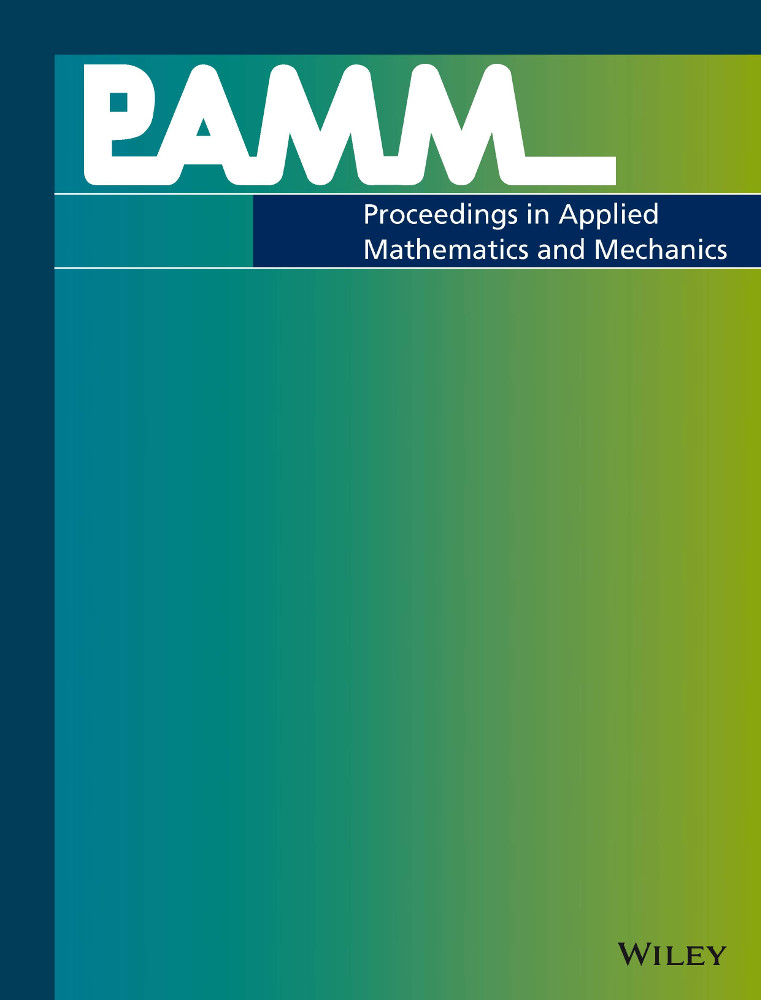Multiphasic modelling of thrombus formation and growth based on the Theory of Porous Media
Abstract
Aortic dissection (AD) has a high mortality rate. 40% of the people with Type B Aortic Dissection do not live for more than a month. The prognosis of Aortic Dissection is quite challenging leading to an interest in computational methods to help with the decision-making process for the treatment. The Theory of Porous Media (TPM) provides an excellent framework to describe the multiphasic structure of the thrombus. The whole aggregate is divided into solid, liquid and nutrient constituents. We assume the constituents to be materially incompressible, the whole aggregate to be fully saturated and under isothermal conditions. The balance equations of the constituents have coupling terms, also known as production terms, which take care of the interactions between the different phases. The volume fractions define the constituents. Therefore, the regions with thrombus are determined using the solid volume fraction. Darcy's law describes the flow of fluid in the porous media. We present the set of equations and a numerical example for thrombosis in Type B Aortic Dissection. We implement the equations in PANDAS, a finite element package designed to solve strongly coupled multiphase porous media problems.




